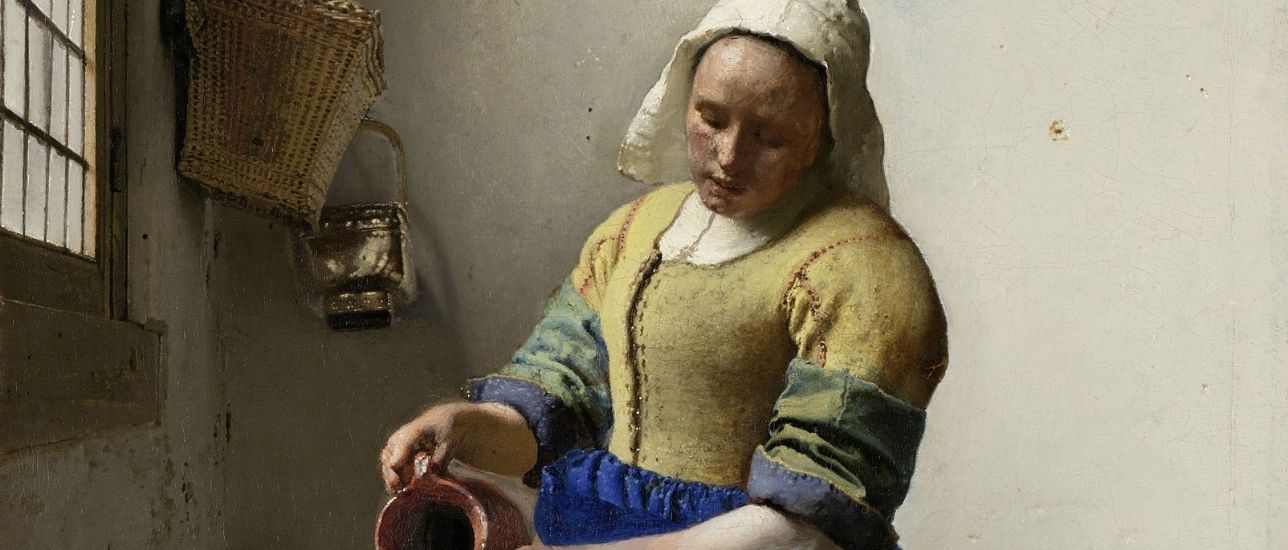Johannes Vermeer: The Master of Light and Detail

Johannes Vermeer: A Dutch Master of Light and Detail
Johannes Vermeer, a Dutch painter of the Golden Age, is renowned for his exquisite mastery of light, detail, and composition. His works, while few in number, have captivated art lovers for centuries and continue to inspire awe and admiration. Vermeer's life and artistic career remain shrouded in mystery, but his paintings provide a glimpse into the lives and world of 17th-century Delft, the city where he lived and worked.
Early Life and Influences
Born in Delft in 1632, Vermeer's early life is largely unknown. He received artistic training from a local painter, but his specific teachers and influences are a matter of debate. However, the impact of Dutch masters such as Rembrandt, Pieter de Hooch, and Carel Fabritius is evident in his work. Vermeer's early paintings often depicted genre scenes, such as interiors, portraits, and everyday activities.
Mastering Light and Detail
Vermeer's unique and captivating style lies in his unparalleled handling of light. He used the technique of *chiaroscuro*, the interplay of light and shadow, to create a sense of depth and volume. His paintings are characterized by a soft, luminous glow that seems to emanate from within the scene. Vermeer's meticulous attention to detail is another hallmark of his art. He captured the textures of fabrics, the gleam of metals, and the subtle nuances of human expressions with extraordinary precision. This level of detail adds to the realism and beauty of his work.
Famous Works
Vermeer's oeuvre consists of only around 35 paintings, making his works even more valuable and sought after. Some of his most famous paintings include:
- Girl with a Pearl Earring (1665-67): A captivating portrait of a young woman with a pearl earring, this painting is renowned for its enigmatic beauty and the play of light on the girl's face.
- The Milkmaid (1657-58): A serene depiction of a woman pouring milk into a jug, this painting is admired for its realistic details, including the patterned tiles and the soft lighting.
- The View of Delft (1660-61): A panoramic cityscape of Delft, this painting showcases Vermeer's ability to capture the essence of a place through atmospheric details and muted colors.
- Woman Holding a Balance (1664): This painting features a woman holding a balance scale while looking intently at the viewer. It is a powerful image that speaks to themes of justice, morality, and the fleeting nature of time.
Legacy and Inspiration
Vermeer's influence continues to be felt in the world of art. His paintings have inspired countless artists, filmmakers, and writers. The meticulous detail, the play of light, and the psychological depth of his subjects have captivated audiences for centuries. His works have been studied and analyzed by art historians and critics, revealing insights into his techniques, artistic inspirations, and the cultural context of his time.
Conclusion
Johannes Vermeer stands as a towering figure in the history of Dutch painting. His unique ability to capture the beauty of everyday life through exquisite light and detail continues to inspire and amaze viewers today. Vermeer's legacy is a testament to the power of art to transcend time and to offer a timeless reflection on human experience.


